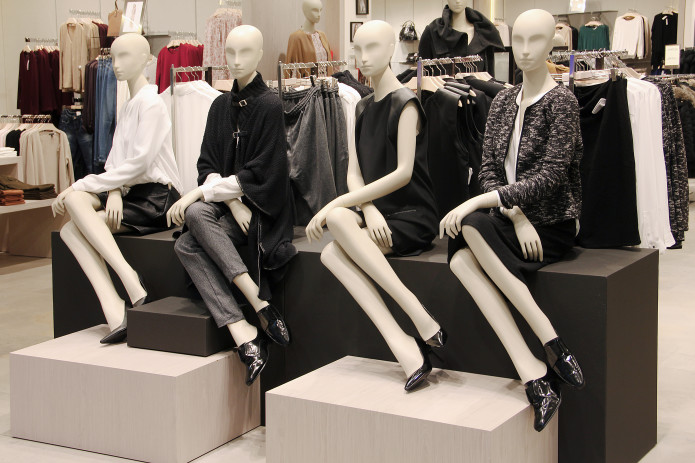Phantom Discounts
Phantom Discounts Hurting Retailers
**Momentum Building Against Retailers and Department Stores Sued by Purported Class Representatives Alleging that Advertised “Sales Price” Marketing and Labels are Misleading Consumers** . . .
By: Brent E. Johnson
On October 9, 2015 Nordstom failed in its attempt to have the district court in its California’s Unfair Competition Law (UCL) (Cal. Bus. & Prof. Code § 17200 et seq.) and Fair Advertising Laws (FAL) (Cal. Bus. & Prof. Code § 17500 et seq) purported class action case dismiss under Rule 12. Branca v. Nordstrom, Inc., S.D. Cal., No. 3:14-cv-02062, Order, ECF No. 30, October 9, 2015. Plaintiff bought his case alleging that the companies outlet Nordstrom Rack stores used tags with two prices on it: a “Compare At” price and below that the “Actual Price” – the latter a steep discount on the former. Plaintiff alleges he believed the Compare At price was the price for the item at Nordstrom’s mainline stores, or at least the prevailing market price in department stores. Accordingly, when he found out that his purchased items were never sold at mainline stores – he alleges that his perceived “discount” was illusory and that he was misled. Judge Michael M. Anello of the U.S. District Court for the Southern District of California disagreed with Nordstrom’s motion to dismiss, holding that Plaintiff’s theory of being misled was robust enough to pass the reasonable consumer test at the crux of California consumer law. Equally problematic for Nordstrom, Judge Anello ruled that Plaintiff could represent a class of consumers wider that those who could identify with respect to the exact item he purchased. The district court here considered cases such as Anderson v. Jamba Juice Co., 888 F. Supp. 2d 1000 (N.D. Cal. 2012) and Astiana v. Dreyer’s Grand Ice Cream, Inc., Nos. C-11-2910 EMC, C-28 11-3164 EMC, 2012 WL 2990766 (N.D. Cal. July 20, 2012) – where courts found that Plaintiffs had standing with respect to items not identical – but substantially similar to the product to which Plaintiff purchased (i.e. a different flavor in the same range) – as analogous and persuasive. Here the court found that the “Compare At” labels were identically used across the store, even though the products which they might have been affixed to differed. This has the potential to create a class of consumers who purchased hundreds, if not thousands of items, not just the limited class of people who purchased the exact sweatshirt and cargo shorts that Plaintiff Branca in this case alleged that he bought.
This marks another notch in the belt of Plaintiffs’ lawyers against major department stores. In a similar case, JCPenny were sued in relation to its use of “Discounted Price” and “Sales Rack” pricing – and the retailer lost on its motion for summary judgment. Spann v. J.C. Penney Corp., No. SA CV 12-0215 FMO, 2015 WL 1526559, at *2 (C.D. Cal. Mar. 23, 2015). It subsequently also lost on it opposition to class certification. Spann v. J.C. Penney Corp., 307 F.R.D. 508 (C.D. Cal. 2015). In Gattinella v. Michael Kors, No. 14-cv-5731, 2014 WL 7722027 (S.D.N.Y.), a similar “outlet” discount case was litigated and ultimately settled for $4,900,000. See 32 NY. J.V.R.A. 6:8. Similar cases are pending against TJ Maxx (Chester v. The TJZ Companies., 5:15-cv-01437-DDP-DTB (C.D. Cal.)) Kohl’s (Chowning v Kohl’s Department Stores, Inc., 3:15-cv-01624-JAH-WVG (S.D. Cal.)).


